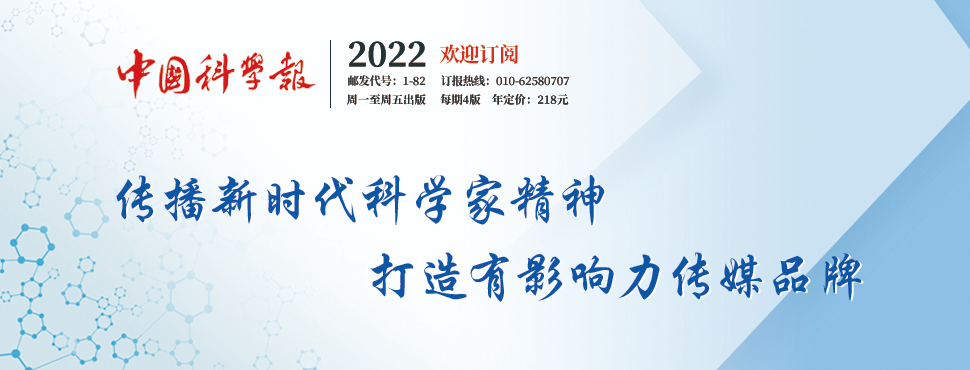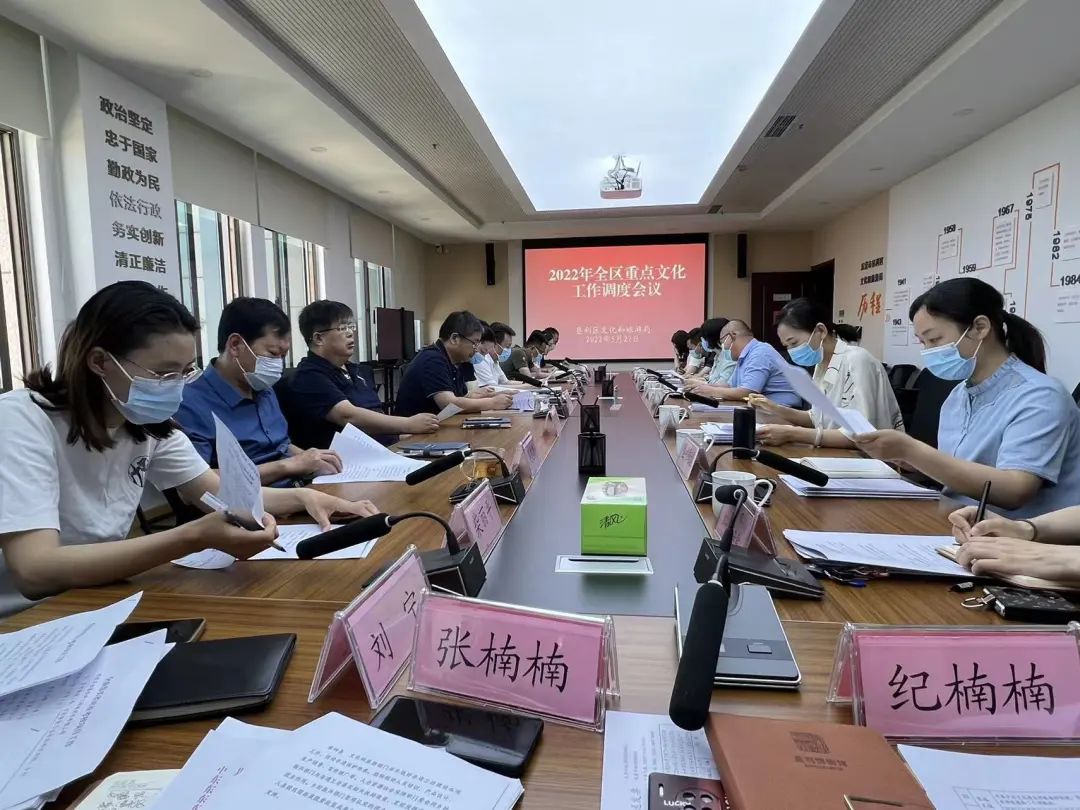Thousands of Chinese journals were selected as SCOPUS database | Academician Yang Wei: Domestic science and technology journal development is far -reaching
Author:Journal of China Science Time:2022.07.06
Text | "China Science News" reporter Ni Sijie

Yang Wei interviewees confessed
A few days ago, the reporter learned from the International Publishing and Information Analysis Agency Ai Siier that the number of Chinese domestic science and technology journals included in the Scopus database created by it has increased from more than 700 in August 2020 to more than 1,000.
In response to the significance of the domestic science and technology journals and the current problems, the "China Science News" interviewed Yang Wei, an academician of the Chinese Academy of Sciences and the chairman of the Chinese Academic Committee of the Chinese Academy of Sciences.
"More than 100 Chinese journals are included by scopus" each year "
"China Science News": At present, what is the current status of Chinese science and technology journals selected for the Scopus database?
Yang Wei: At present, Chinese science and technology journals officially launched in the Scopus database exceeded 1,000 kinds. In fact, at the end of last year, there were more than 1,000 kinds of Chinese journals selected by the selection, but from the selection and passing the official launch, there were about half a year of data running -in period. Journal.
At present, more than 100 Chinese science and technology journals are included by the Scopus database each year. About half of the contained Chinese journals are English journals and half of them are Chinese journals. The papers in Chinese journals also include English titles, abstracts, keywords, authors names and units, etc., which have the possibility of being searched and referenced worldwide.
"China Science News": What is the influence ranking of these journals in the database?
Yang Wei: The Scopus database is divided into 27 large areas, and the journals in each field can be divided into four districts according to influence. For example, the top 25%is the first area (Q1), the first 26%~ 50%is the second district. (Q2).
The influence ranking of Chinese science and technology journals selected for Scopus has gone through a dynamic change process. When these journals just entered the database, their influence rankings were often relatively backward, and they were basically in the three districts (Q3) or four districts (Q4). In recent years, the influence of Chinese science and technology journals has continued to rise. At present, there are a certain number of Chinese journals in the four districts. There are also a lot of the number of entering the first and second districts.
"China Science News": What is the development trend of Chinese journals entering the international database?
Yang Wei: In 2000, Chinese science and technology research has formed a complete academic system. By 2010, every discipline area in the world can be seen from China, but at that time, my country's high -influential authors accounted for only about 1%of the world. It was not until 2020 that the volume of Chinese technology was comparable to the United States or the European Union. In 2021, the number of high -influential authors in my country had accounted for 14.2%of the world. However, my country is still far from academic power, and academic influence has just reached the world average. The level of scientific and technological journals in my country is still significantly behind my country's level of academic output and author influence.
It is estimated that by 2030, there may be a large change based on China's scientific and technological journals. Our next goal is by 2030, a total of 2,000 scientific and technological journals from China entered the Scopus database, and at the same time obtained the leading authority in the 1,000 international journals of the Scopus database.
"Chinese science and technology journals have been rejected for several common reasons"
"China Science News": What is the significance of the rapid growth of the number of Chinese science and technology journals included in Scopus?
Yang Wei: Increasing the number of Chinese journals in the international database, it will help promote the construction of scientific highlands in my country and the development of open science. If we do not enter a platform with international influence, it will be difficult for us to realize data opening and sharing.
At present, in the world's general database, the publication of Chinese authors accounts for 20%of the world's. However, Scopus includes a total of about 25,000 journals, and Chinese journals only account for 4%. Therefore, SCOPUS includes 1,000 kinds of Chinese science and technology journals, which is just a sign of starting, which is not the "great achievement" of my country's scientific and technological journal community.
"China Science News": In 2018, the SCOPUS China Academic Committee was established. As the chairman of the committee, can you talk about what work did the committee do in recent years?
Yang Wei: Before 2018, our journals were scattered in the scattered sidelines. They did not know why after being rejected. After the establishment of Scopus China Academic Committee, we formed a system to recommend Chinese journals to the Scopus Global Journal Selection Committee, and also trained Chinese science and technology journals to tell them how to connect with international standards.
We will also participate in meetings of the Scopus Global Journal Selection Committee. They often meet up with some problems that have just emerged in the world journal, and some problems may not have begun to pay attention. For example, how to sort the pre -printing book as a partial search scientific data, the gray zone between plunder journals and conventional journals needs to be divided into how many levels to classify to formulate policies, etc. Therefore, it is good for us to promote the progress of our promotion of Chinese journals. of.
"China Science News": From the experience of helping Chinese science and technology journals to enter the Scopus database in these years, what are the common problems facing Chinese science and technology journals when applying for joining the international database?
Yang Wei: There are many data libraries internationally, such as scientific quotes (SCI), engineering index (EI), Scopus database, etc. These databases have special selection committees and a set of standards. There are both positive indicators and negative indicators. In the process of recommending journals, we found that there are several common reasons for Chinese science and technology journals: First, the statement of publishing ethics is missing or incomplete. Measures, etc. The second is that many journals are Chinese journals, and problems with insufficient references in the international statistical system are likely to occur. The third is too regionalized. The paper included in the journal of the Scopus database is to be read globally. If the author of the journal is a Chinese author within a specific range, the editorial board is also Chinese, and it will be evaluated as it will be evaluated as as a Chinese. Excessive bias towards regional services. Fourth, the website is irregular, such as the webpage cannot be logged in.
"There are still problems of small, scattered, and chaos"
"China Science News": From the perspective of perspective, what is the reason for the high number of Chinese science and technology journals included in the international database?
Yang Wei: There is still a certain gap between the quality of our journal and the quality of international journals.
In terms of review, an article in international first -class journals requires 3 to 5 reviewers, and the opinions of each reviewer can write more than 1 page paper. Essence For the top journals such as "Nature" and "Science", each reviewer may have 3 pages of review opinions, and the review of the review (adding amendments) will write dozens of pages. In contrast, some journals in China, some journals are about to say that there is no external review session; some journals will find two reviewers, and the review of the review opinions is long and the length is short.
In terms of rejection rate, the rejection rate of "Nature" and "Science" generally is generally 97%to 98%, the rejection rate of professional topics is more than 80%, and the rejection rate of domestic journals is generally around 50%.
On the editorial team, many of our journals also have problems with large number of editors, low productivity and efficiency.
"China Science News": How do you evaluate the status quo of Chinese science and technology journals?
Yang Wei: The development of Chinese scientific and technological journals still has problems with small, scattered, and random. There are more than 5,000 journals in China, which are divided into more than 4,000 legal persons. On average, one legal person has 1.25 journals. Each has its own management standards. The quality is difficult to control. It is difficult to establish a unified database. Open scientific process.
However, some of the newly established journals in my country are not bad. For example, of the more than 100 types of journals from Ke Ai, the influence of those journals that have entered SCI has basically risen to a district. Most of the remaining journals founded by Ke Ai can also enter SCI.
"China Science News": Is it possible for us to establish our own science and technology journal database? What are your suggestions for the future development of Chinese science and technology journals?
Yang Wei: The establishment of the international database is basically developed through the large -scale development of the journal, and then the journals are gathered together to establish the database. They are thousands of journals in a publishing house, and we are a legal person with only 1.25 journals. It is not easy to talk by one by one. In the future, we need to find a way to promote more than 5,000 journals to form a interesting consortium and corresponding distribution mechanism, so that Chinese science and technology journals will slowly synthesize "big stocks", and at the same time build its own science and technology journal database.
not
"China Science News" (2022-07-05 The first edition of the news)
not
Edit | Zhao Lu
Capture | Zhihai

- END -
Thousands of years later, like a big dream, listening to the ears, and who is the hero.

One poem and one article every day's original poems and dreams, don’t pass by wit...
Lile and Le Shandong | Dongying: Kenli District continues to promote rural reading to light up "

Knowledge is wealth. Reading allows everyone to see a wider world in books, improv...